A Primer on Paella
Paella is a Catalan word that derives from the Old French word paelle for pan, which in turn comes from the Latin word patella for pan. Paella is a Valencian rice dish that originated in its modern form in the mid-19th century near Lake Albufera, a lagoon in Valencia, on the east coast of Spain. Most non-Spaniards view paella as Spain’s national dish. However, most Spaniards consider it to be a regional Valencian dish. Valencians, in turn, regard paella as one of their identifying symbols.
Socarrat
You might be asking yourself, what the heck is socarrat? Socarrat refers to the crispy, savory crust that forms on the the bottom layer of rice when the paella is cooked properly. The socarrat is achieved by turning up the heat in the final minutes of cooking. You’ll know within the first few bites if the socarrat is present. Also, do not let your server dish out the paella onto individual plates. Paella should be served in its pan, lest you lose the coveted socarrat.
Cooking paella requires a wide shallow pan and a strong heat source that can be distributed uniformly on the bottom of the paella pan. Ideally, the best heat source for cooking paella is an open fire fueled by vine cuttings or citrus or olive tree trimmings. Given that most people do not have access to vine cuttings and a blazing wood fire, an open heat source such as a stove top, charcoal grill, or even a freestanding propane or butane burner (as seen below) will work.
It is not uncommon for restaurants to cook paella in the oven to speed up the cooking process. Unfortunately, developing the socarrat — considered by many to be the past part of paella — in the oven is difficult.
We actually walked out of one restaurant in Barcelona after the paella was brought to our table: A soupy paella with overcooked rice and lacking any trace of socarrat. Both the waiter and owner looked confused when we mentioned the lack of soccarat and responded, “Soccarrat, we have not heard of such a word.” At the time, I felt slightly bad about walking out, but it was our last day in Spain and not how I wanted to remember paella. Undeterred, we walked over to Xiringuito d’ Escriba, located along the Mediterranean Sea, where the paella is very good.
Seafood Paella
This is the seafood paella from Xiringuito d’ Escriba. You can see the socarrat in the paella below; the layer of rice is very thin and has a nice carmalized, golden brown hue. We chatted with the paella master for a while; unlike some other establishments, she spoke at length about socarrat, smiled, and pulled out a big bag of bomba rice, an ingredient that clearly sets a good paella apart (see below for more information on bomba rice).
The below paella is from Casa Cheriff in Barcelona. Casa Cheriff was recommended to us by some locals enjoying a walk through La Barceloneta as we we wandered around looking for a place to have dinner. This one was good, but not my favorite.
And the winner is…
The paella that won me over came from the small town of Combarro in Galicia. Our waiter insisted that we order the Arroz Marinero (frutas del mar y pescado). Although hesitant at first, I’m glad we heeded his advice because this dish was incredible. It was loaded with seafood — mejillones (mussels), langostinos, chipirones, pulpo, almejas (clams), navajas (razor clams) and rape (monkfish) — but the rice also had a nice socarrat that seemed to cover the entire bottom of the pan. Not sure how the chef created such a sublime dish, but I wish I knew. This is a paella that I will dream about for years to come. I would tell you the name of the place, but I think it will remain my secret for the time being. Oh, what the heck, the restaurant is called El Caracol (but let’s keep that between you and me).
(“Umm, no Mr. Custom’s Officer, I do not have any food in my bag”).
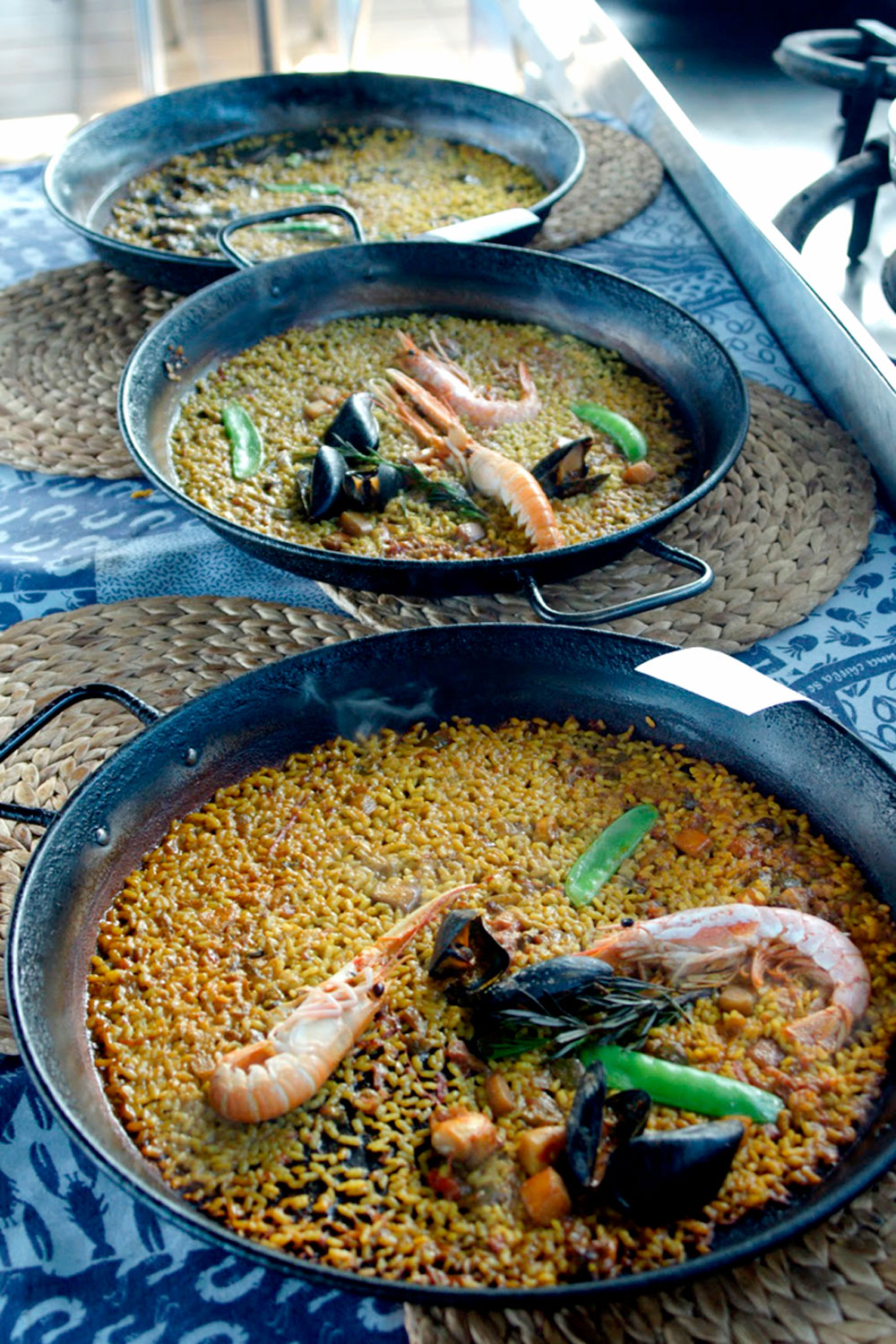
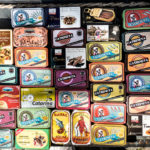
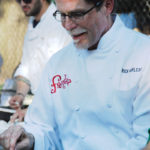
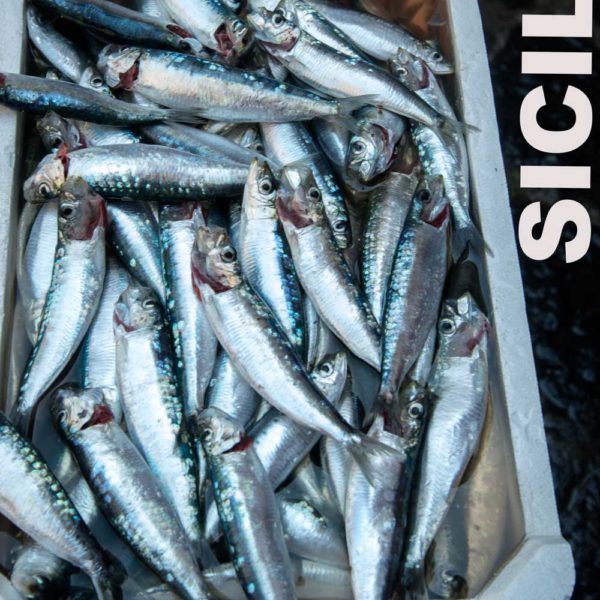
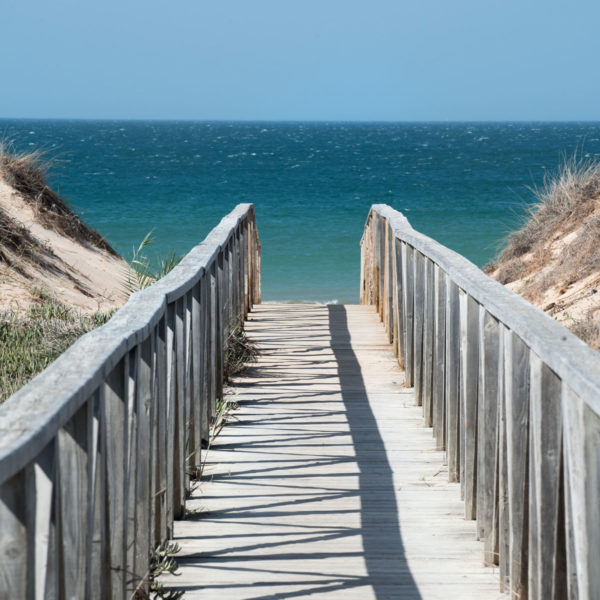
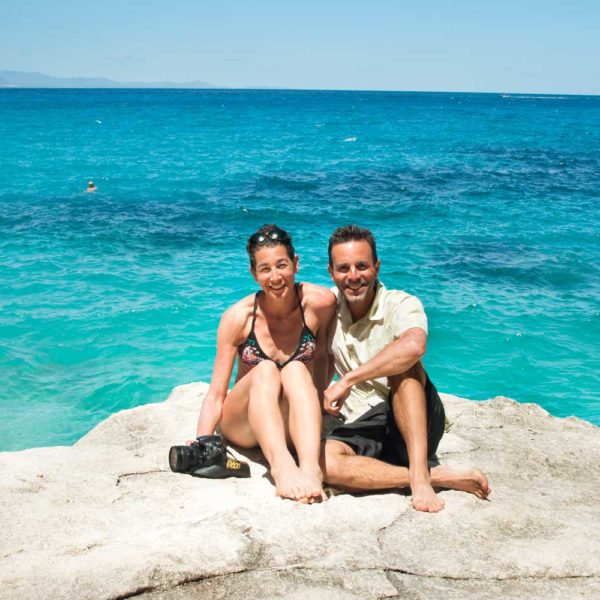


6 comments
Rivet
Oh salsa de chipiron! THAT is heaven in a jar…
You are so right about Bomba brand calasparra rice- an absolute must for proper paella. My wife and I have our own personal "National Paella Day" in which-every year- I make her a paella. You can see it here with pletny pics and how to make:
http://foodsoftheworld.activeboards.net/forum_posts.asp?TID=22&title=paella
Rivet
Oh salsa de chipiron! THAT is heaven in a jar…
You are so right about Bomba brand calasparra rice- an absolute must for proper paella. My wife and I have our own personal "National Paella Day" in which-every year- I make her a paella. You can see it here with pletny pics and how to make:
http://foodsoftheworld.activeboards.net/forum_posts.asp?TID=22&title=paella
Wild Greens and Sardines
Rivet, checked out your link, your paella looks amazing. Have you made fideos? Want to make some with rabbit and snails, but first have to track down those ingredients.
WP
Beautiful blog and beautiful paellas! I've scouring your reviews while planning for my coming trip at the end of the year.
I went on to find more about El Xiringuito on the web after reading about it here. On your pictures it looks amazing – the rice barely 1 grain deep and the socarrat is clearly visible on the pan. Yet, on tripadvisor.com as well as on bcnrestaurantes.com the reviews are almost shockingly bad. Have you heard of any news of the restaurant since your last visit? Perhaps there has been a change of ownership or something in that grain.
WP
Beautiful blog and beautiful paellas! I've scouring your reviews while planning for my coming trip at the end of the year.
I went on to find more about El Xiringuito on the web after reading about it here. On your pictures it looks amazing – the rice barely 1 grain deep and the socarrat is clearly visible on the pan. Yet, on tripadvisor.com as well as on bcnrestaurantes.com the reviews are almost shockingly bad. Have you heard of any news of the restaurant since your last visit? Perhaps there has been a change of ownership or something in that grain.
Wild Greens and Sardines
It's been 2 years, but what really stood out to me with El Xiringuito's paella was the way the rice was cooked–the socarrat. The seafood itself may not have been the best of all the paellas I sampled. That being said, I'm not sure that paella is the best thing to be found in Barcelona. My favorite places to eat in Barcelona were Bar Mut, El Quim, and Xampanyet. Didn't make it to Suquet de l'Almirall, but have heard good things. Not sure if you are going any where else in Spain, but there is a plethora of good food in San Sebastian and extraordinary seafood to be found in Galicia. Happy travels.